Welcome to Puerto Vallarta
I wonder at what point a town really becomes a city. I don’t mean from some kind of governmental decision. I mean, when do people decide they no longer live in a town? When do they wake up one morning and say “Gee, I am living in a city”?
It was while walking through the newly opened Liverpool mall that I began to be aware that something had fundamentally changed about the place in which I live. A day or two later I visited the new Home Depot and became absolutely sure about it. When the only supermarket in town was Rizo’s I knew I was living in a town.The politicians might tell me I lived in a city. But I knew Puerto Vallarta had all the characteristics of a town. When there were only two gas stations – one at each end – you knew this was no more than a town. When the only place to buy nails and screws was an untidy ferreteria that wrapped stuff up for you in a scrap of newspaper – well, you knew this was not the way things are done in a city.
The long march from town to city has not been a decision of the government. It has been a slow but steady incursion by private enterprise. It would have been easier for me to welcome the change if more of it had been at the hands of Mexican initiative, But the new stores mostly had logos that were foreign to the Mexican tongue, “Kentucky Fried”, “Hooters”, “Burger Boy.” (How smart of the late Mr. Walton to give his store a name that every person in the world can say: “Sam’s.”) I think Liverpool’s was at least originally Mexican. Why it got that name I don’t know. Maybe the Beatles were to blame.
There is obviously a tipping point at which changes in a town reach a critical mass that forever alters the nature of the place. I sense that the opening of the Liverpool complex and the arrival of Home Depot mark that transition from the town of Puerto Vallarta to a new status as a city, in an irreversible way. Whether that is a good thing or a bad, is a question less of what is rational and more of what is emotional.
Rationally, the provision of more goods and services makes for easier and more comfortable living. These huge concerns also bring in more jobs, more money, and more choices than ever before. To dramatize the point, for the first time in the fourteen years I have lived in Puerto Vallarta I found four choices of single malt whiskey on a shelf whereas previously I was lucky to find one. That is the kind of progress no one can quarrel with.
But I do find the emotional part of me is fighting some kind of rearguard action against living in this newly created city. I could have retired to a big city if I had wanted to. I preferred to imagine I would end my days in a small town. Without my being able to have any say in it, I have been slowly weaned away from small town living and transported – without ever making a move myself – into the modern city of Puerto Vallarta.
This is, of course, the perspective of a relatively long-time resident. The “historic center” of town may indeed be preserved for the tourists. Concerts, spectacles, and parades may still provide moments of traditional Mexican color. But more and more, life in the towering new condo complexes that have proliferated around town are more reminiscent of a global concept of privileged living that has spread across the world. The fact that it has gained such ready acceptance shows that that is what today’s customers want. But personally, I find it rather unappealing to stand in a mall and not have any clue as to where I am in the world.
Well, I may be accused of being a contrarian. And that is O.K. Buri’s ideal vacation is to visit New York. I am trying to get her to Mongolia. Go figure!
By Peter Gray
Last Updated on 24/11/2021 by Puerto Vallarta Net




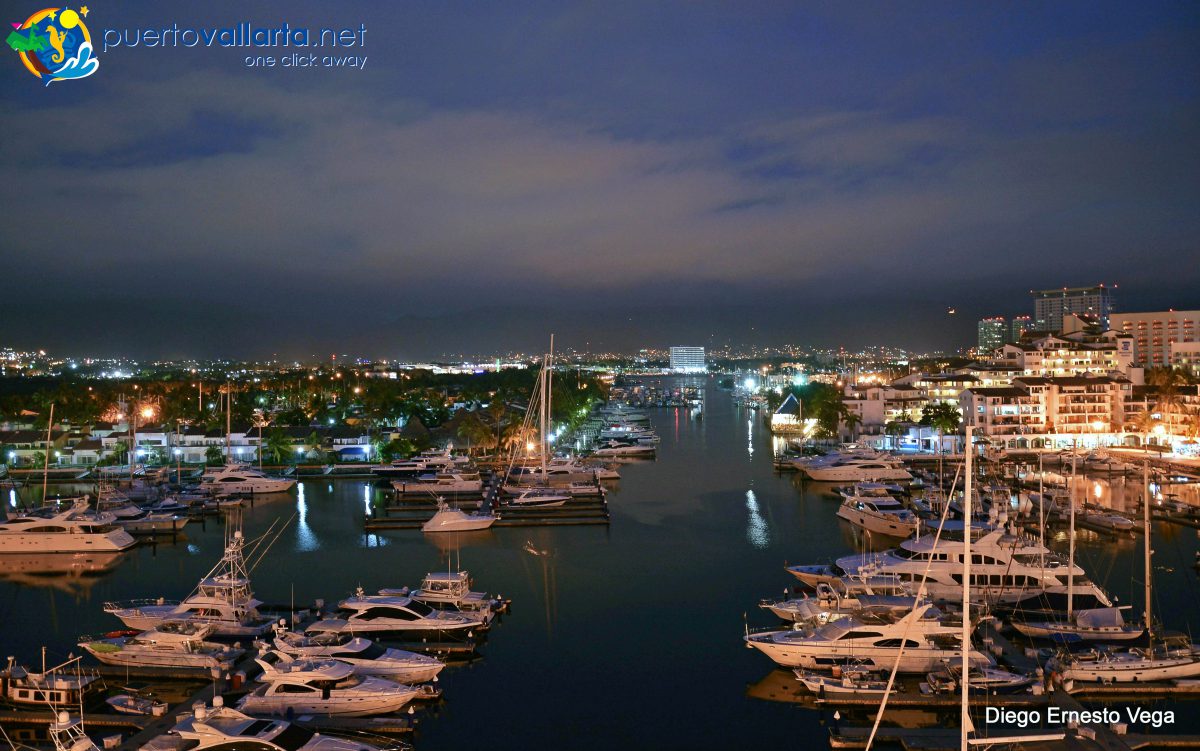

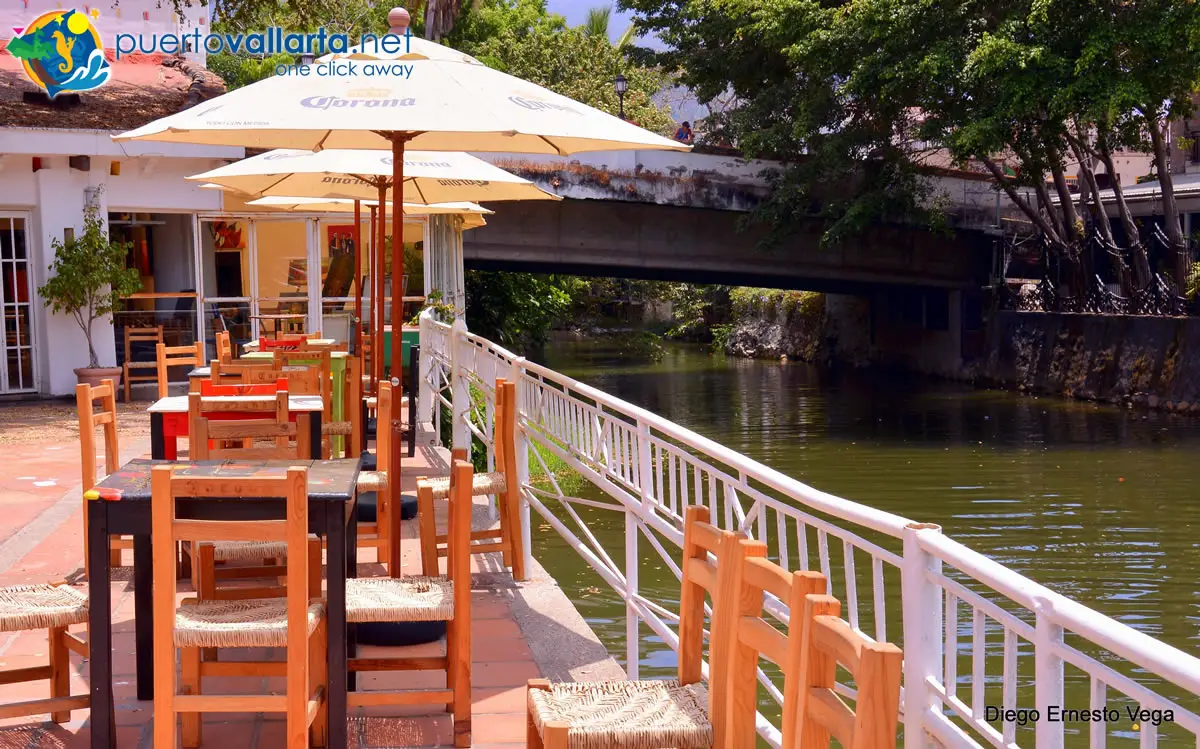
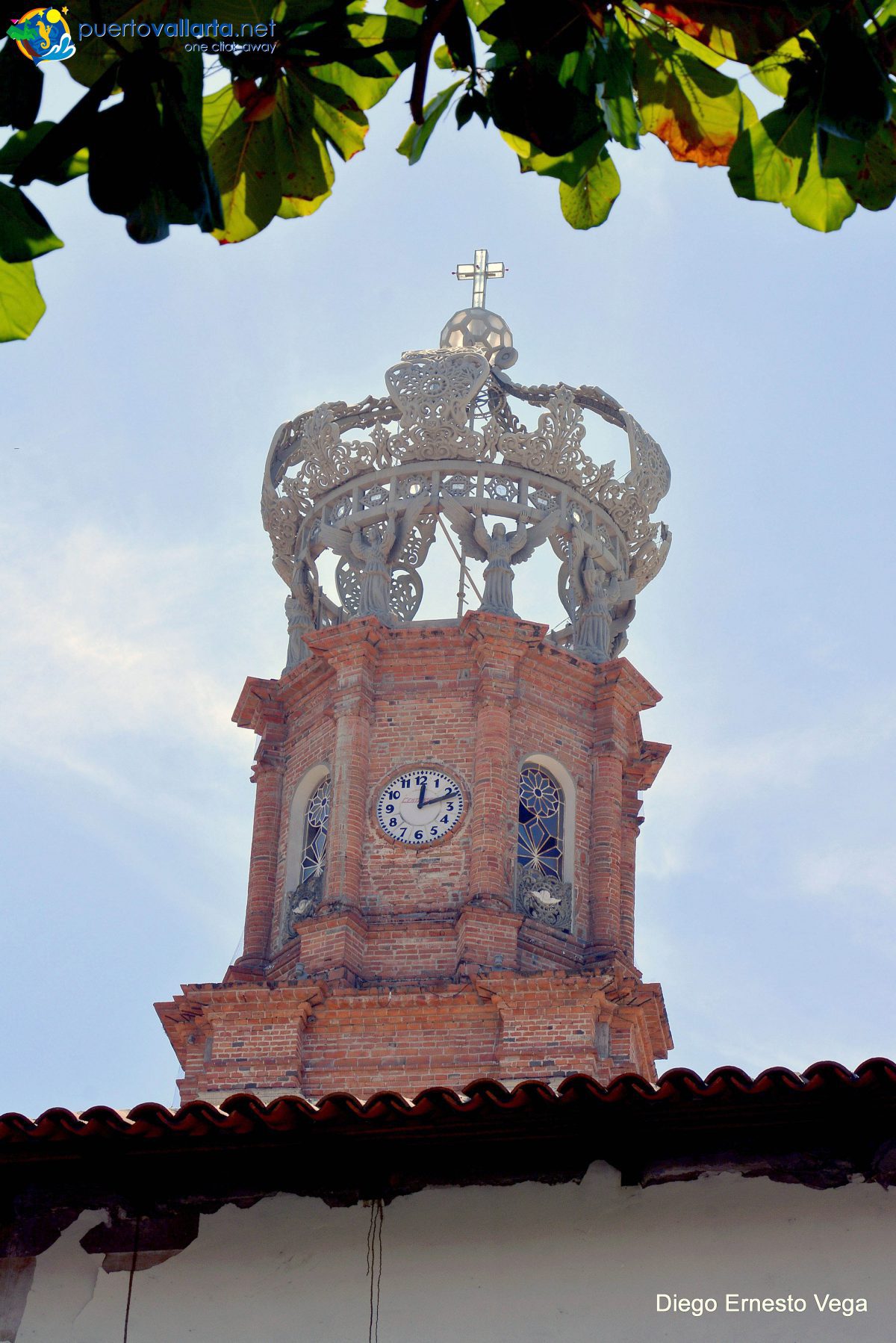
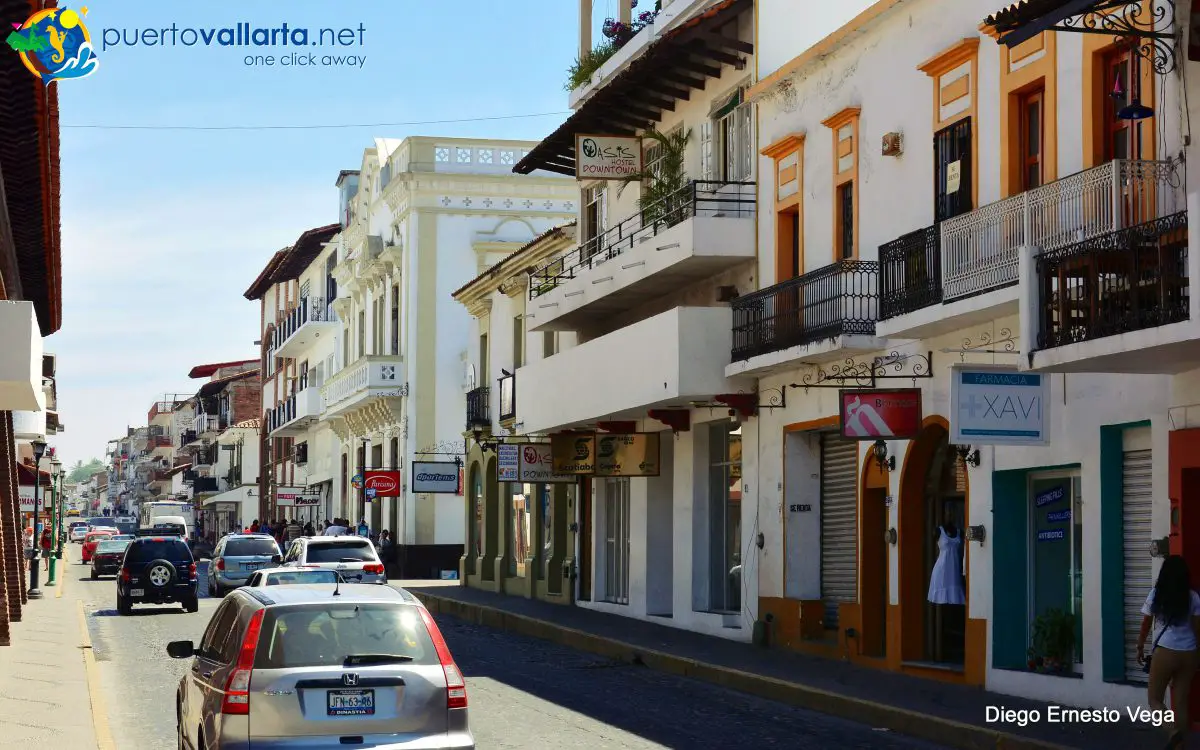

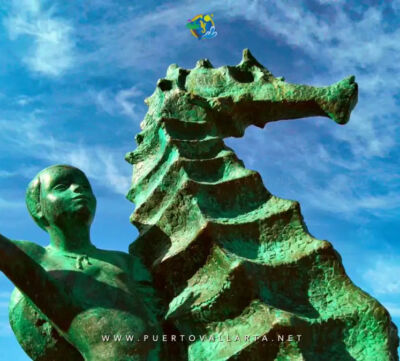
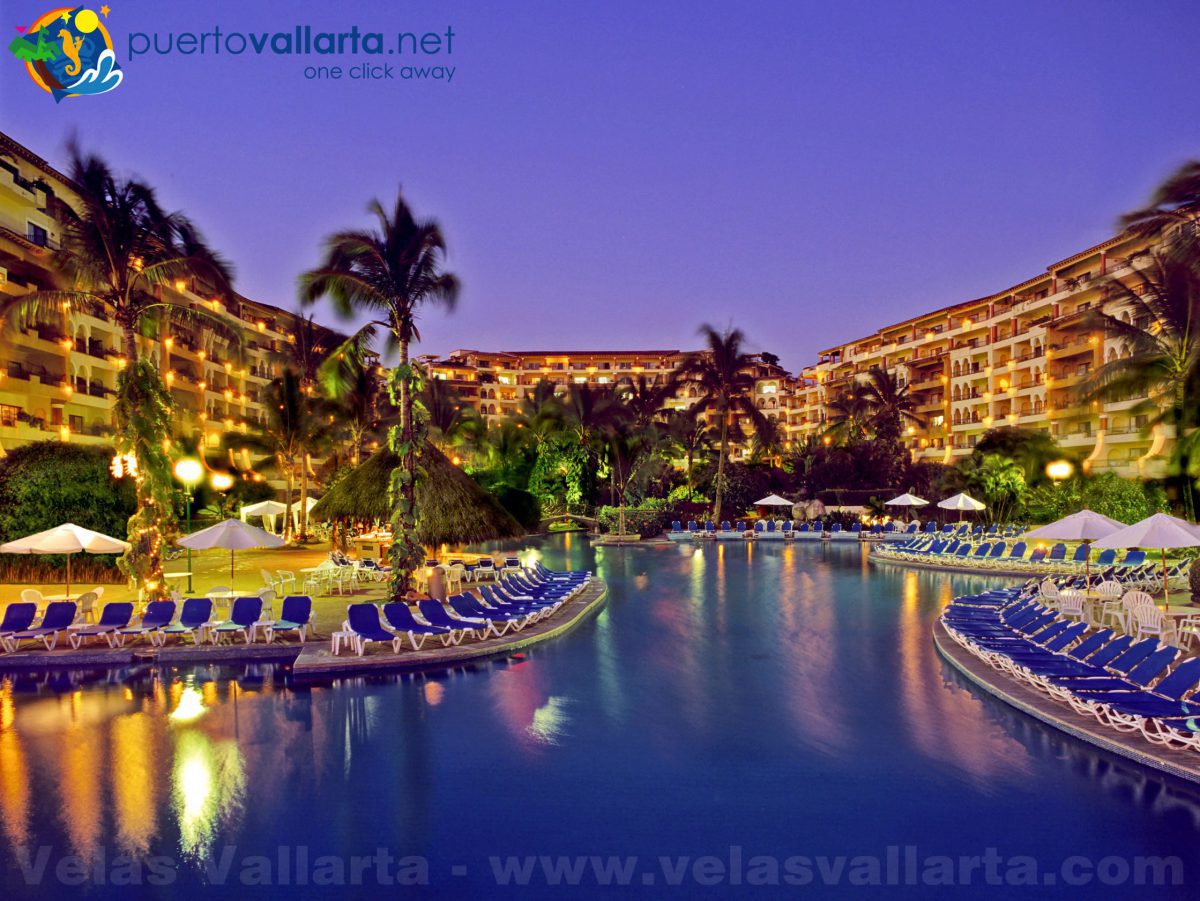

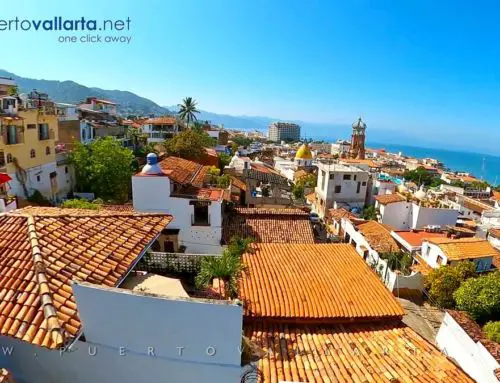
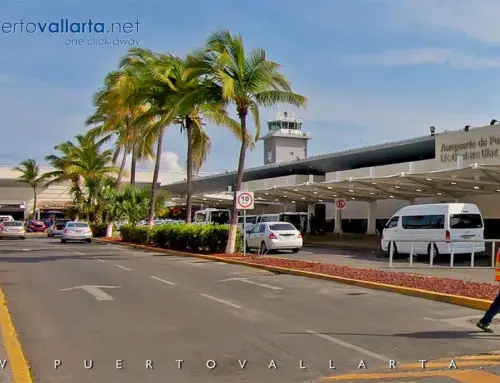
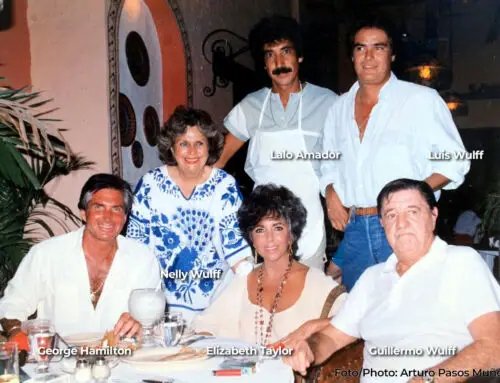
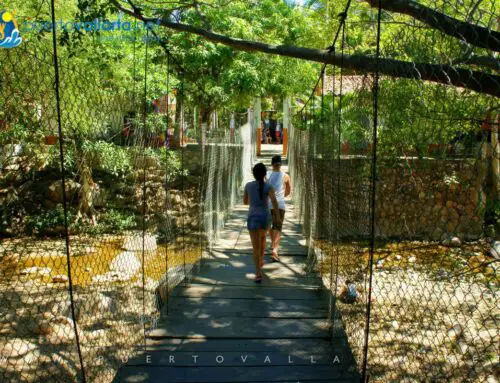
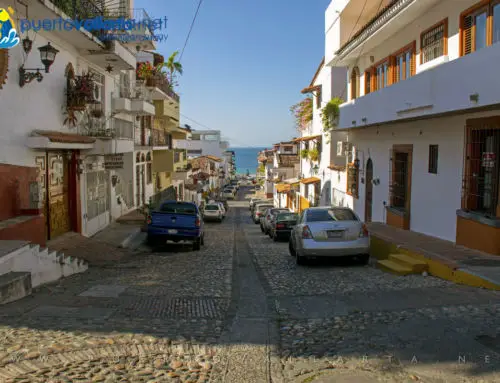
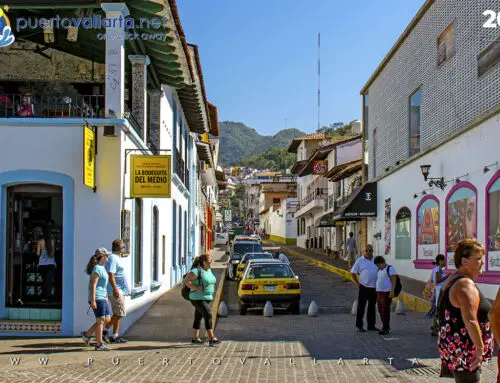
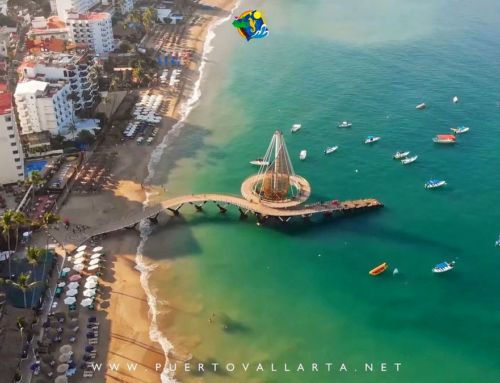
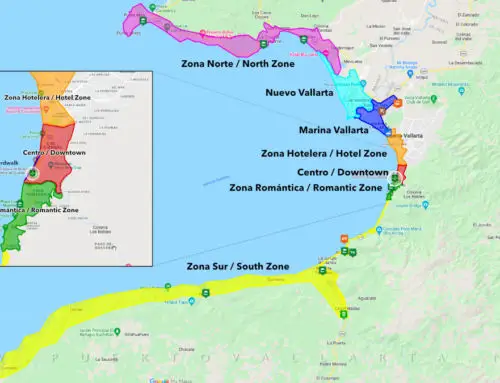
Leave A Comment